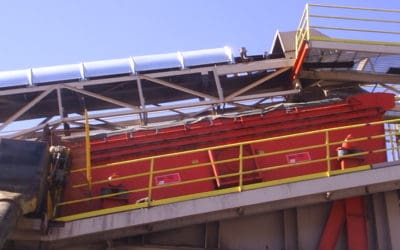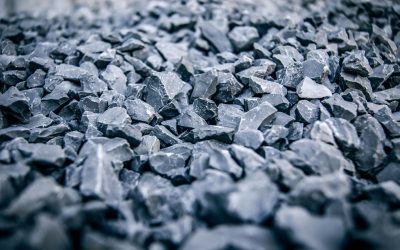Auto shredder residue, or ASR, comprises the remaining non-metallic materials left over after an end-of-life vehicle is recycled.
This residual “fluff” contains some materials that are valuable in the recovery market, predominantly as a fuel. However, other materials are potentially hazardous. In fact, some countries have classified ASR as hazardous waste because of the dangerous contaminants.
In recent years there has been an increased push to remove auto shredder fluff from the waste stream before it ends up in the landfill.
The Auto Shredding Process and Products
When vehicles reach the end of their life, the recycling process begins. This process consists of dismantling, crushing, shredding, and then materials recovery before any auto shredder waste heads to the landfill.
The vehicle “leftovers” are consolidated to be efficiently transported to a shredding facility. Shredding is the process by which ASR is ultimately created. A large mill will tear the crushed vehicles into smaller pieces that will then be separated by category.
ASR Recovery and Waste
The material recovery step of end-of-life vehicles provides insight into the need for additional ASR solutions. Recyclable and partially recyclable materials account for about 75% of the shred output volume. Metallic materials such as steel, iron, copper, brass, and aluminum are removed and recycled. Other materials removed can be only partially recycled, such as zinc castings, powder metal parts, fluids, lubricants, magnesium castings, and lead.
The remaining screening shredder fluff, about 25% of the total shred, is what usually ends up in the landfill:
- Coatings
- Textiles
- Glass
- Rubber
- Plastics
- Composites
Advancements and ASR Screening Efficiency
Many shredding facilities still use trommels and conventional screens in their last action, limiting the number of recyclable materials they can recover.
Trommels and traditional vibratory screens cannot handle high volumes of auto shredder waste. They can plug easily, causing backups and eventually screen blinding. This lack of efficiency creates additional limitations in the way of cross-contamination. The outlook, however, is becoming more positive with today’s advanced screening solutions.
Advancements in screening equipment make it easier to separate more recyclable materials from the screening shredder fluff and reduce additional landfill waste. Flip flow screening technology is an advanced vibratory screening process that utilizes high-frequency vibrations to efficiently separate fine materials as they’re fed across the screen media.
Not only is this more environmentally friendly, but it streamlines efficiency reducing line stoppages because of screen clogs or drum breaks. Higher screening efficiency also means better regulatory compliance for shredding and waste facilities.
Our Shredder Waste Screening Solution: The BIVITEC
The advanced flip flow vibratory screen is a game-changer for screening shredder waste. AEI’s BIVITEC screen is the most advanced solution for processing ASR thanks to its flip flow vibratory technology.
The BIVITEC uses dual vibratory forces to transfer energy horizontally and vertically through the screened material. This promotes a “popping” effect, driving the material up and forward, ensuring a higher efficiency separation. This unique working principle coupled with its durable elastic mesh screen panels makes the BIVITEC an ideal solution for sticky, difficult materials like ASR.
Every machine is also custom engineered to suit the unique demands of your operation. Choose from sizes, deck, and screen options.
Contact our sales team to learn more about the advantages of the BIVITEC or to schedule on-site testing. Ready to take the next step? Complete our quote form to get started today!


